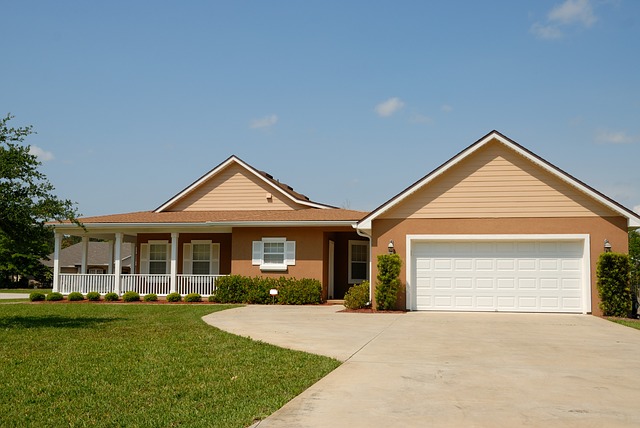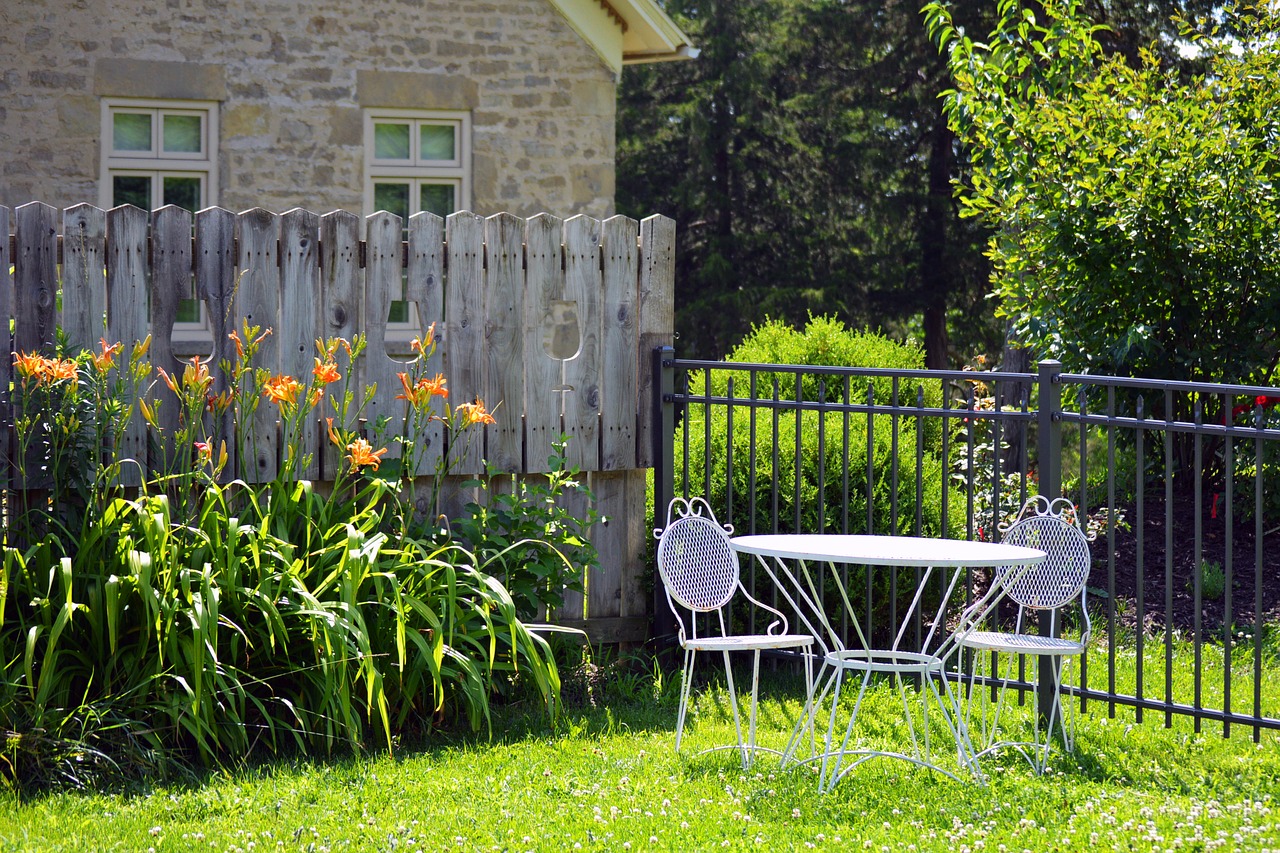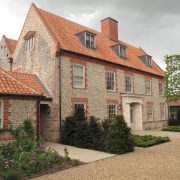15 projects you don’t need planning permission for
If you’re looking to renovate or refurbish an existing building, you’ll be pleased to discover just how many things you can do without having to go through the planning permission process.
Permitted development (PD) rights allow you to do lots of different home improvements, from adding solar panels to building a basement, or converting a barn, although there are some situations where local restrictions may prevent this, so good advice at the outset is always beneficial.
The government has granted blanket consent for a range of works, just if they meet a specific criteria and if the local authority accepts your scheme. But this is a complex area of planning regulation, and involves numerous classes of development – each with their own detailed rules.
This article mainly focuses on the English PD scheme – Scotland, Wales and Northern Ireland follow the same basic rules but with slight differences, so check that the guidance does apply to your location via the relevant government website.
- Single-storey extensions
Under PD rights, you can build storey-height extensions to the sides and back of your house. The general limits for rear extensions are that you can extend 4m out from the original dwelling on detached houses, and 3m in other cases. Side expansions can be up to half the width of the original building.
In terms of ridge height, to qualify for a PD you will be restricted to 4m as well as the amount of garden amenity you can cover – 50% maximum. The materials must also match the existing building as much as possible.
- Multi-storey extensions
You can also gain permitted development for two-storey extensions at the back of your house, as long as they don’t extend by more than 3m and they are located under 7m from the rear boundary. If the side of the extension is within 2m of the flank boundary, then the eaves cannot be more than 3m high.
- Remodelling interiors
Renovating rooms is a fast and easy way to update a space – you won’t need permission for internal changes including adjusting floor heights, moving or knocking down walls, shuffling a kitchen around or creating a new bathroom. However, this applies to only a completed and occupied house and not to a new-build or conversion under construction, as the approved plans must be followed. If your home is listed in any way then you will most likely need listed building consent.
- Add or replace windows

As long as the appearance of the house isn’t materially altered, you don’t need consent for this sort of project. With side windows, special rules are in place to protect neighbours’ privacy policy, which should be fitted with obscured glazing. Always check the conditions of previous planning consents, because some prevent alterations to windows in houses and conversions. Again, alterations to a Listed Building or a building in a Conservation Area, may need consent.
- Re-roofing
Roof jobs such as repairing sections of the covering or replacing it with another material don’t require formal consent, as long as they project no more than 150mm from the existing plane – just enough room to add a layer of external insulation for an attic conversion.
Furthermore, fitting roof windows can offer a great opportunity in top-down natural lighting. If they don’t stick out by more than 150mm from the plane of the roof, they are usually permitted development. Consideration does need to be given to the weight of any changes as this may affect the structural integrity of the building.
- Loft conversion
One cost-effective route to more indoor space is transforming an attic into a habitable place. As this largely rests on internal work, there’s usually no need for planning permission, as long as the works don’t extend beyond the plane of the existing slope on the front elevation. Available space can be expanded either with dormer windows or changing a hipped roof to a gable. However some authorities do have policy restrictions on loft conversions, so it is always worth checking first before proceeding with this type of work – this is most relevant in town centres and cities, such as London.
- Upgrading insulation
Fitting insulation comes under internal work that doesn’t require permission, unless a layer of thermal protection is being applied to the outside of the building in a way that would affect its appearance. Where you’re adding it as part of an external cladding, for example an insulated render, it will still count as permitted development unless it moves the front wall closer to the highway or increases the height of the building.
- Add solar panels
Due to the government’s aim to cut down carbon emissions, homeowners are now able to add solar thermal or photovoltaic (PV) panels on roofs or walls, as long as they don’t jut out more than 200mm beyond the roof plane, and are fitted below the highest part of the covering. Panels can also be installed in your garden or on outbuildings, but for this there are strict size limitations.
There are specific restrictions in place for world heritage sites, conservation areas and listed buildings.
- Digging a basement
Adding an underground living area currently falls into the extension category. But in some urban areas, councils are removing permitted development rights. The current status of this is under review, and a permitted development class to cover them is yet to be adopted.
- Garage conversion
As long as the work doesn’t involve enlarging the building in any way (including the addition of dormers in the roof) and is exclusively internal, planning permission isn’t usually required when renovating a garage for residential purposes. Just check with your local council that the right to convert hasn’t been removed – this is a common issue with new developments and conservation areas.
- Adding a porch
You can add a small porch up to 3m high and 3m2 in floor area (externally measured), as long as it’s at least 2m away from any boundary with a highway.
- Outbuildings
Summerhouses, garages, sheds and more single-storey structures are allowed to be built under PD, provided their use is incidental to that on the main dwelling (e.g. for a playroom rather than an extra bedroom). The building has to be at the back of the principle elevation of the house, and it cannot cover more than half of the garden. Height limits also apply.
There are no PD rights for outbuildings of listed buildings, but in national parks and conservation areas, they cannot be larger than 10m2 if they are more than 20m from the house – along with some other restrictions.
- Gates, fencing and walls
Provided they fall within allocated height restrictions, you can build new boundary treatments. If they are fronting a highway they must be no higher than 1m, while a 2m threshold applies elsewhere. However, this right doesn’t extend to listed buildings.
- Driveways and patios
Across most parts of a property’s grounds, laying or replacing hardstanding is considered permitted development. But if you’re planning to change more than 5m2 of your front garden you must either use permeable block paving or a porous surface such as gravel. You should also direct the rainwater to a lawn or flower bed where it can then drain naturally.
- Changing the use of a building
Permitted development allows you to convert many commercial and agricultural buildings – such as offices, shops and storage units – to domestic use. In England, you can only change the use of up to three farm buildings on the same land, up to a maximum combined footprint of 405m2. However, the rules regarding these projects are complex and, although full planning may not be required, separate prior approval applications will need to be made to the overseeing council.
With all of these regulations it is always best to check the particular status of your building and we are always very happy to assist and advise.












Leave a Reply
Want to join the discussion?Feel free to contribute!